BEHIND THE HEADLINES
The Teesside marine disaster
The Teesside marine disaster is a wide-scale death of crustaceans, devastating local fishing communities. But has a recent investigation discovered the cause? Mark Rowe reports
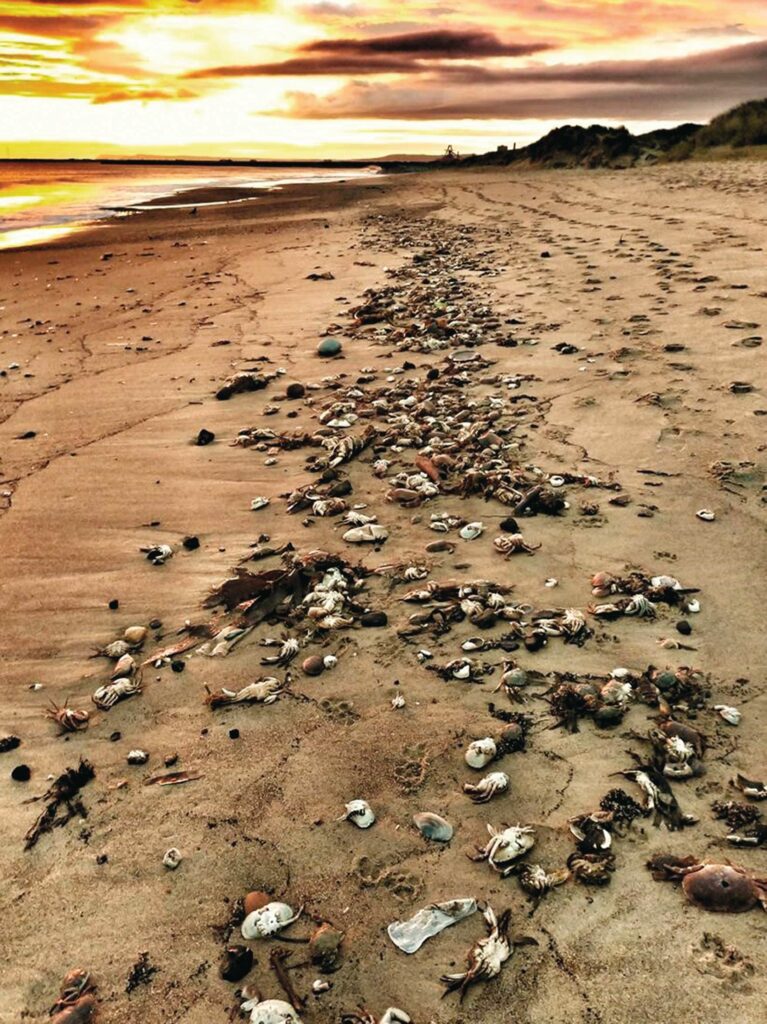
WHAT’S HAPPENING?
A marine disaster, including the deaths of thousands of lobsters and crabs and some octopuses, along with dog poisoning, unfolded in late 2021 off the north-east coast of England. Explanations for the loss of life have ranged from a novel pathogen to algal blooms, or toxic chemicals released by dredging in the vicinity of a flagship Government freeport.
HOW LONG HAS IT BEEN GOING ON?
The die-off began in late September 2021 and, by October 2021, tens of thousands of dead and dying crustaceans had been reported. More dead crabs washed up along the north-east coast in February 2022. There were also reports of dead seals, as well as sickness and diarrhoea in dogs walked on the beaches in October, and seabirds being washed up in January 2022. Fishing communities have been devastated by the impact.
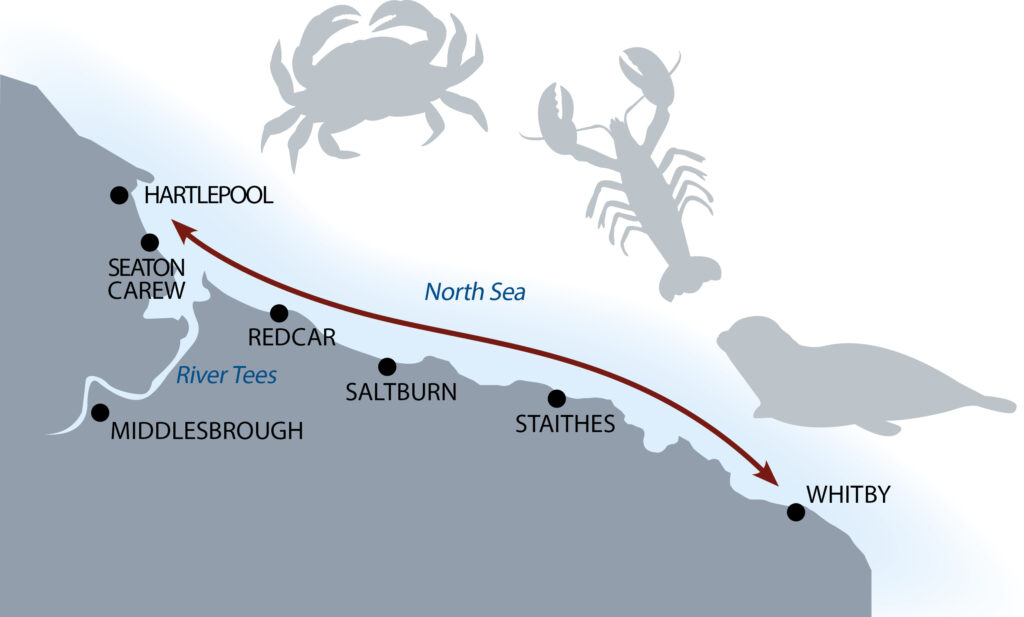
WHICH SPECIES ARE AFFECTED?
Thousands of dead and dying crabs and lobsters were found along a stretch of coast covering 30 miles, from Hartlepool in the north to Robin Hood’s Bay near Whitby to the south of the mouth of the River Tees. The crustaceans were washed up on beaches, while inshore fishermen reported hauling up only tiny inedible shellfish and blood-sucking lampreys, where they normally gathered six or seven animals.
A large number of dead octopuses were discovered on one occasion, while seabird and seal deaths were also reported.
The January 2023 report
In response to criticism of its initial investigation, DEFRA commissioned a further review, an Independent Expert Assessment of Unusual Crustacean Mortality in the north-east of England in 2021 and 2022, which reported in January this year. However, this was a ‘desk-based’ assessment that did not take new evidence.
The report gave little credence to either the original algal bloom theory or that the chemical pyridine – an anti-corrosive treatment used on marine infrastructure – was responsible for the large-scale crustacean deaths.
WHAT CAUSED IT?
The investigations have polarised opinion. Explanations range from an algal bloom to dredging and chemicals including pyridine, used to make solvents for the paint industry.
The mouth of the river Tees was dredged in September and October 2021 to maintain channel depths at nearby ports. Jerry Hopkinson, chairman of PD Ports, said such dredging had been done for “40 to 50 years” with no previous mass mortalities. Dredging carried out at the time was regular maintenance work done six days a week to keep the river navigable for ships, according to PD Ports. The material was dumped into the water and fishermen and some scientists believe this may have contained contaminants. A Government report in May 2022 found no single cause but highlighted an algal bloom detected by satellites and algal toxins found in the dead shellfish. The report concluded the seabird and seal deaths and dog illnesses were unrelated.
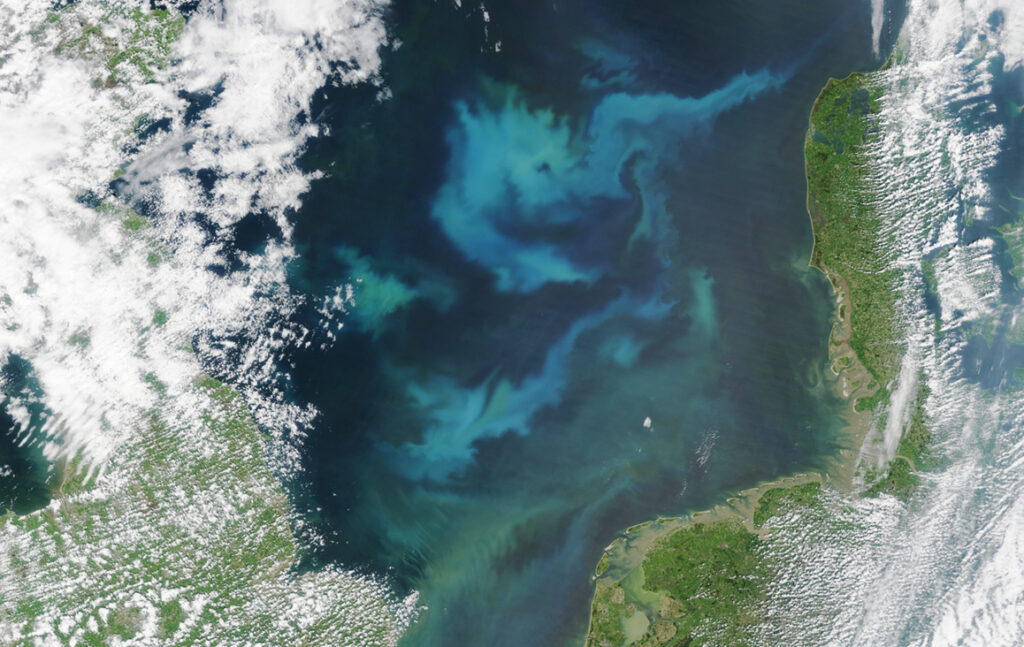
Rachel Hartnell, science director of the Government’s Centre for Environment, Fisheries and Aquaculture Science, said a combination of two naturally-occurring algal blooms was the most likely cause.
However, researchers at the University of Durham, commissioned in part by local fishermen, suggested that pyridine, a treatment used on marine infrastructure, could be the cause. The Government report concluded it was unlikely that chemical pollution or the bioaccumulation of pyridine was responsible.
John Bothwell at the University of Durham said the toxins found in the crabs were not commonly associated with algal blooms. However, his report was cautious and did not directly attribute the deaths to pyradine; it added that high levels of the chemical did not necessarily mean that it killed the crustaceans.
“Widely used chemicals, such as pesticides, can enter seawater through normal river flow or from waste-water treatment”
Independent Expert Assessment of Unusual Crustacean Mortality in the north-east of England in 2021 and 2022
POLLUTION IN THE TEES
The DEFRA review panel did highlight the extraordinary level of historical pollution in and around the River Tees, noting: “Teesside has a history of industrial activity, including a range of activities that have generated toxic chemical substances. A range of other toxic chemicals, including persistent organic pollutants, heavy metals (such as arsenic and mercury), and tri-butyl-tin (TBT, which is used in toxic antifoulants) are found in sediments in the Tees and are the result of long-term industrial activity in the region.” It added that “widely used chemicals, such as pharmaceuticals and pesticides, can enter seawater through normal river flow or from waste-water treatment.” They found indications of greater TBT exposure but not sufficient to trigger concerns by international standards. They added: “The case of TBT highlights the potential for increased pollution due to increased mobilisation of sediments within the past five to six years. It is, however, very unlikely that the levels of TBT… were responsible for large crustacean die-offs within the Teesside area.”
Instead, it found that “it is about as likely as not, that a pathogen new to UK waters caused the unusual crustacean mortality”, and added that it was “very unlikely that maintenance dredging, as required to keep the port open, was the cause”.
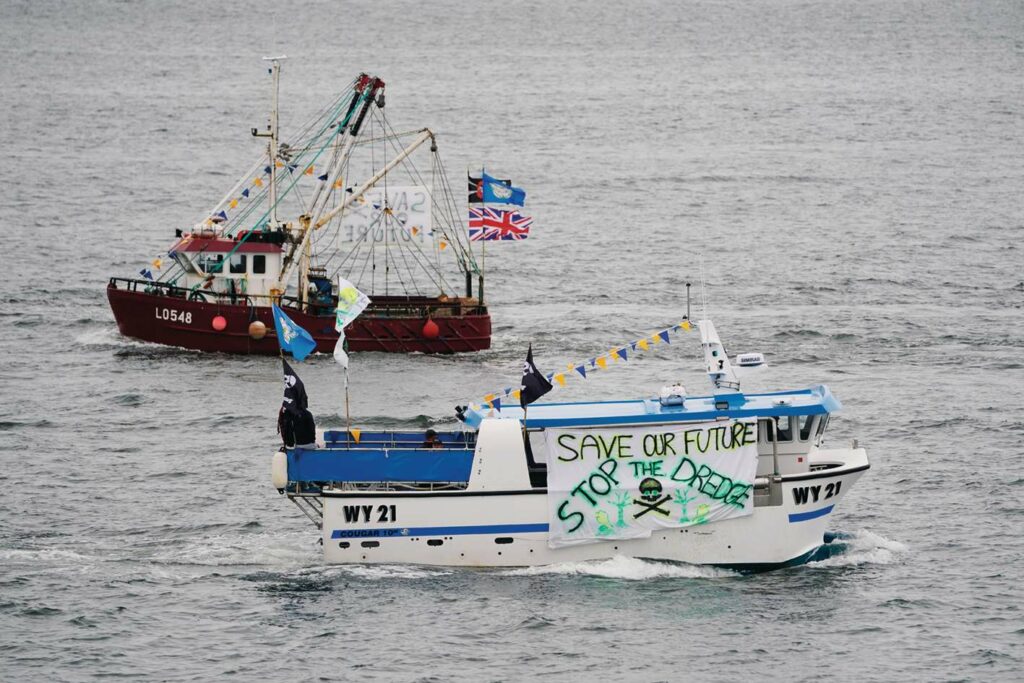
What are freeports?
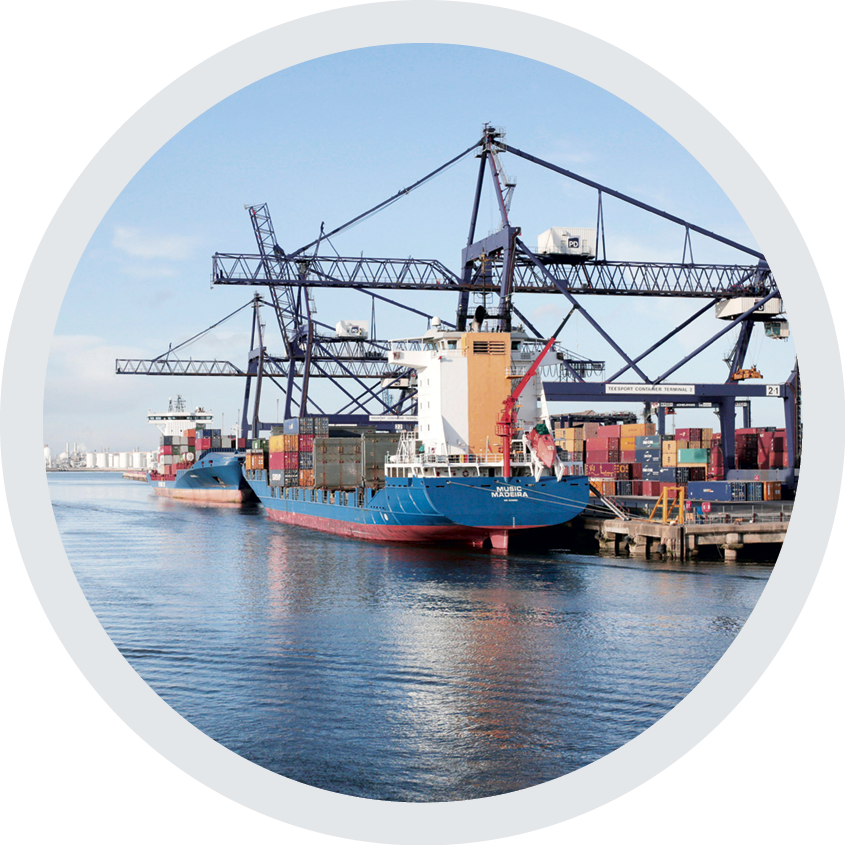
Freeports are similar to free zones, or ‘enterprise zones’ – designated areas intended to stimulate economic growth, with the benefits of tax breaks and Government support. A freeport is designed to specifically encourage businesses that import, process and then re-export goods.
Freeports are a keystone of current Government economic policy. In the 2021 budget, the UK Government announced eight new freeports: East Midlands Airport, Felixstowe and Harwich, the Humber region, Liverpool City Region, Plymouth, the Solent, the Thames and Teesside. Freeports have access to a regeneration and infrastructure fund worth up to £175 million. The UK hosted seven freeports as an EU member state between 1984 and 2012, when it decided not to renew the legislation governing them.
Freeports are a special kind of port where normal tax and customs rules do not apply. Imports can enter with simplified customs documentation and without paying tariffs. Businesses operating inside designated areas in and around the port can manufacture goods using the imports and add value, before exporting again without ever paying the full tariff on the original goods they imported.
Have your say?
What do you think about the issues raised here? Write our address or email editor@countryfile.com